
The Valley of the Fallen is the former name of site now known officially as the Valle de Cuelgamuros in the Sierra de Guadarrama, near Madrid, Erected at Cuelgamuros Valley, it comprises a Catholic basilica and a monumental memorial in the municipality of San Lorenzo de El Escorial. Dictator Francisco Franco claimed that the monument was meant to be a "national act of atonement" and reconciliation.
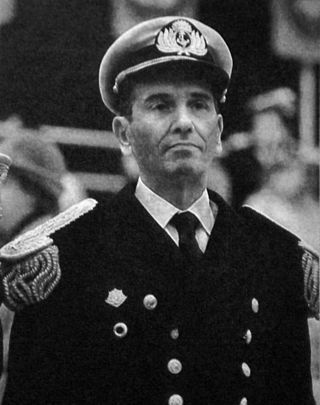
Admiral Jorge Isaac Anaya was a Commander-in-Chief of the Argentine Navy. He was born in Bahía Blanca, in the province of Buenos Aires. He participated in the right-wing military dictatorship known as the National Reorganisation Process (1976–1983) and, along with Leopoldo Fortunato Galtieri and Basilio Lami Dozo, was a member of the Third Military Junta that ruled Argentina between 1981 and 1982. He was the main architect and supporter of a military solution for the long-standing claim over the Falkland Islands that led to the Falklands War.

Malvinas Argentinas Stadium is a stadium in the city of Mendoza in the homonymous province of Argentina. With a seating capacity of 42,000 spectators, the stadium is the largest in Mendoza. Built for the 1978 FIFA World Cup, It is owned and administrated by the Provincial Government.
This is a list of the ground forces from Argentina that took part in the Falklands War. For a list of ground forces from the United Kingdom, see British ground forces in the Falklands War.

Malvinas Day, officially Day of the Veterans and Fallen of the Malvinas War, is a public holiday in Argentina, observed each year on 2 April. The name refers to the Falkland Islands, known in Spanish as the Islas Malvinas.
The cultural impact of the Falklands War spanned several media in both Britain and Argentina. A number of films and television productions emerged from the conflict. The first Argentine film about the war was Los chicos de la guerra in 1984. The BBC drama Tumbledown (1988) tells the story of a British officer paralysed from a bullet wound. The computer game Harrier Attack (1983) and the naval strategy game Strike Fleet (1987) are two examples of Falklands-related games. A number of fictional works were set during the Falklands War, including in Stephen King's novella The Langoliers (1990), in which the character Nick Hopewell is a Falklands veteran. The war provided a wealth of material for non-fiction writers; in the United Kingdom (UK) an important account became Max Hastings and Simon Jenkins' The Battle for the Falklands.

The 7th Infantry Regiment is a unit of the Argentine Army based at Arana, Buenos Aires Province, Argentina. The unit's full official name is 7th "Coronel Conde" Mechanized Infantry Regiment, and it is part of the 1st Armored Brigade, 3rd Army Division.

Lieutenant General Martín Antonio Balza is an Argentine military former Chief of Staff of the Argentine Army. From 2003 to 2011 he was Argentine ambassador to the Republic of Colombia.

The papal mediation in the Beagle conflict followed the failure of negotiations between Chile and Argentina, when, on 22 December 1978, the Argentinian Junta started Operation Soberanía, to invade Cape Horn and islands awarded to Chile by the Beagle Channel Arbitration. Soon after the event, Pope John Paul II offered to mediate and sent his personal envoy, Cardinal Antonio Samoré, to Buenos Aires. Argentina, in acceptance of the authority of the Pope over the overwhelmingly Catholic Argentine population, called off the military operation and accepted the mediation. On 9 January 1979, Chile and Argentina signed the Act of Montevideo formally requesting mediation by the Vatican and renouncing the use of force.

Mario Benjamin Menéndez was the Argentine governor of the Falklands during the 1982 Argentine occupation of the islands. He also served in the Argentine Army. Menéndez surrendered Argentine forces to Britain during the Falklands War.

The Argentine Military Cemetery, Spanish: Cementerio de Darwin, is a military cemetery on East Falkland that holds the remains of 236 Argentine combatants killed during the 1982 Falklands War. It is located at Fish Creek to the east of the Darwin Settlement the location of the Battle of Goose Green. There is a replica of the cemetery at Berazategui in Buenos Aires Province, Argentina.
The 601 Commando Company is a special operations unit of the Argentine Army.
Carlos Gustavo De Luca is an Argentine former footballer who played for various clubs in Argentina, Chile, Peru and Switzerland. Of those countries, he highlighted in Chile being goalscorer in its first division, second division and its national cup.
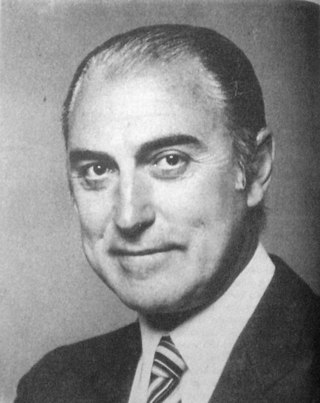
Jorge "Cacho" Fontana was an Argentine radio and television personality.
Silvia Fernández Barrio is an Argentine journalist. She is currently retired from working in media TV, a consequence of her on-going health issues related to her psoriasis illness that is suffering from since the age of 18. Post-retirement, she started to manage the Peoples Civil Association.
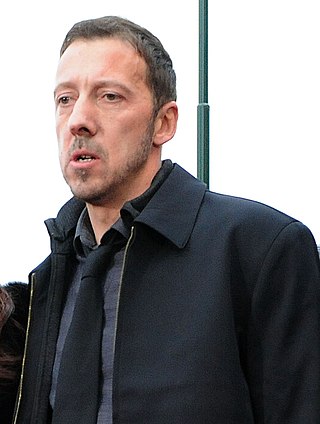
James Peck is an artist and writer born in the Falkland Islands who held both Argentine and British citizenship. He renounced his Argentine citizenship in 2015 and returned to live in the Falklands in 2016.

María Sáez Pérez de Vernet was the wife of Luis Vernet. She wrote a personal diary during her residence in Port Louis, Falkland Islands, which was preserved together with other documents and letters in the Argentine National Archive when her husband's papers were donated to the Argentine National Archive.
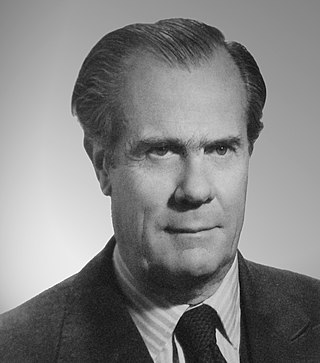
Eduardo Alejandro Roca was an Argentine lawyer, academic, and diplomat. He was Ambassador of Argentina to the United States (1968–1970) and was appointed as a permanent representative to the United Nations during the 1982 Falklands War.

Aldo Adolfo Leiva is an Argentine politician and Falklands War veteran, currently serving as National Deputy elected in Chaco Province. A member of the Justicialist Party, Leiva was elected in 2019, and currently sits in the Frente de Todos parliamentary bloc. He previously served as intendente (mayor) of General José de San Martín, Chaco on two occasions, from 2009 to 2019, and from 2003 to 2008.
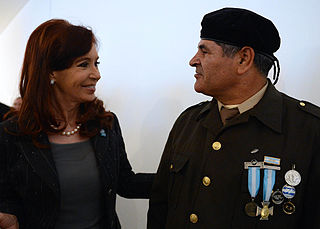
Oscar Ismael Poltronieri is an Argentinian former soldier, who fought in the Falklands War in 1982. He is the only private who received antemortem the most important military distinction of Argentina, the Cross to the Heroic Valour in Combat, for his actions during the Battle of Two Sisters.

















